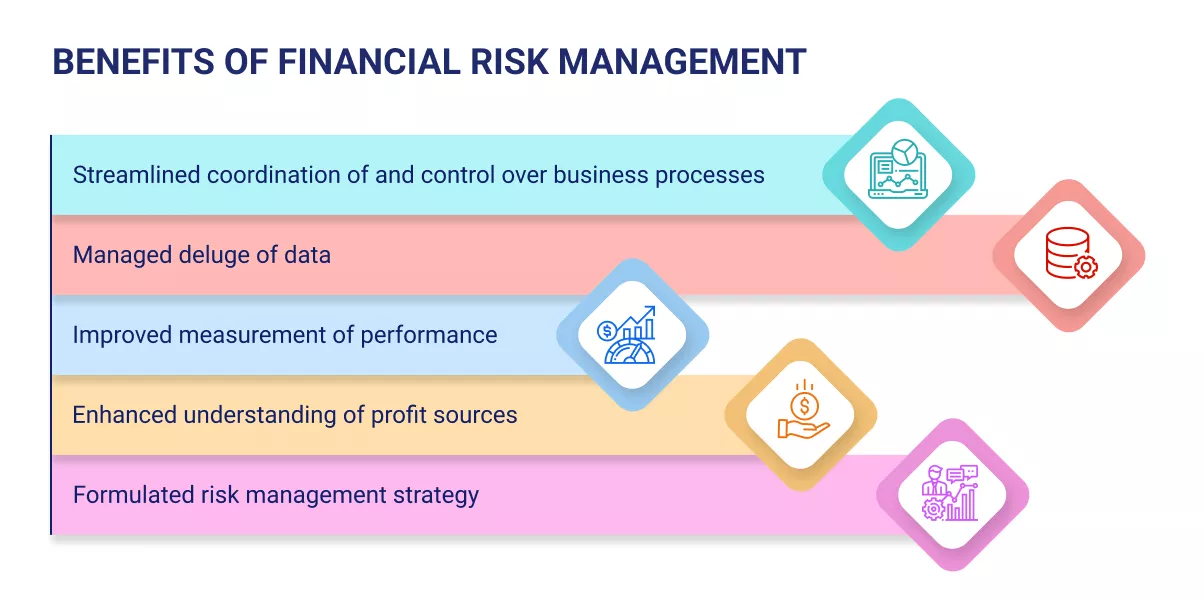The Relevance of Recognizing the Relevance of Risk Management in Numerous Industries

The Core Concept of Risk Management and Its Function
Risk Management, the keystone of several industries, depends upon the identification, examination, and reduction of unpredictabilities in a business atmosphere. It is an important practice that permits companies to protect their properties, reputation, and overall survival. By properly recognizing potential dangers, organizations can develop techniques to either protect against these threats from happening or decrease their impact. The examination procedure involves examining the probability and prospective extent of these dangers. The mitigation procedure involves creating methods to decrease their possible impact as soon as threats have actually been recognized and examined. This procedure is intermittent and recurring, ensuring that companies are gotten ready for the ever-changing nature of Risk in different markets. The primary objective, therefore, is to promote strength in the middle of unpredictabilities.
Advantages of Executing Risk Management in Company Workflow

Introducing the Function of Risk Management in Different Industries
While every sector confronts its special set of risks, the implementation of Risk Management approaches remains a common measure in their pursuit of sustainability and development. In the healthcare industry, Risk Management entails making sure patient safety and security and data security, while in money, it includes mitigating financial investment dangers and ensuring governing compliance (importance of risk management). Construction business focus on employee safety, job hold-ups, and spending plan overruns. In the technology field, business mitigate cybersecurity hazards and innovation obsolescence. Ultimately, the duty of Risk Management across sectors is to recognize, assess, and reduce dangers. It is an important element of calculated preparation, making it possible for companies to shield their assets, make best use of opportunities, and achieve their objectives.
Real-life Case Studies Demonstrating Successful Risk Management
To understand the relevance of Risk Management in these lots of markets, one can aim to a number of real-life instances that illustrate the successful application of important link these measures. For example, in the energy sector, British Oil created Risk mitigation intends post the 2010 Gulf of Mexico oil spill. They carried out much better safety procedures and stricter laws which significantly reduced more crashes. In money, Goldman Sachs efficiently browsed the 2008 monetary situation by identifying possible mortgage-backed securities dangers early. Toyota, publish the 2011 earthquake in Japan, modified its supply chain Management to reduce disturbance threats. These cases show exactly how industries, picking up from situations, successfully used Risk Management techniques to lower future risks.
Future Patterns and Developments in Risk Management Methods
Cybersecurity, when an outer worry, has catapulted to the leading edge of Risk Management, with methods focusing on prevention, response, and discovery. The integration of ESG (Environmental, Social, Administration) factors right into Risk Management is another expanding trend, reflecting the enhancing acknowledgment of the duty that social and ecological dangers play in company sustainability. Hence, the future of Risk Management lies in the combination of advanced modern technology, innovative approaches, and a holistic strategy.
Conclusion
In final thought, understanding the value of Risk Management throughout a range of markets is vital for view it their longevity and prosperity. Tailored techniques can help minimize prospective dangers, safeguard possessions, and foster stakeholder count on. Additionally, positive decision-making aids in governing conformity and enhances source usage. Ultimately, successful Risk Management contributes to a lot more durable and sustainable organizations, highlighting the importance of this method in today's very affordable and vibrant organization atmosphere.
While every industry challenges its unique set of risks, the implementation of Risk Management strategies remains a common denominator in their search of sustainability and development. In the medical care industry, Risk Management requires making sure individual security and data defense, while in financing, it involves mitigating financial investment threats and making sure regulative compliance. Inevitably, the function of Risk Management across sectors is to recognize, evaluate, and reduce risks. These instances show exactly how markets, learning from crises, efficiently used Risk Management methods to decrease future threats.

Comments on “Unlocking the True Importance of Risk Management for Long-Term Growth”